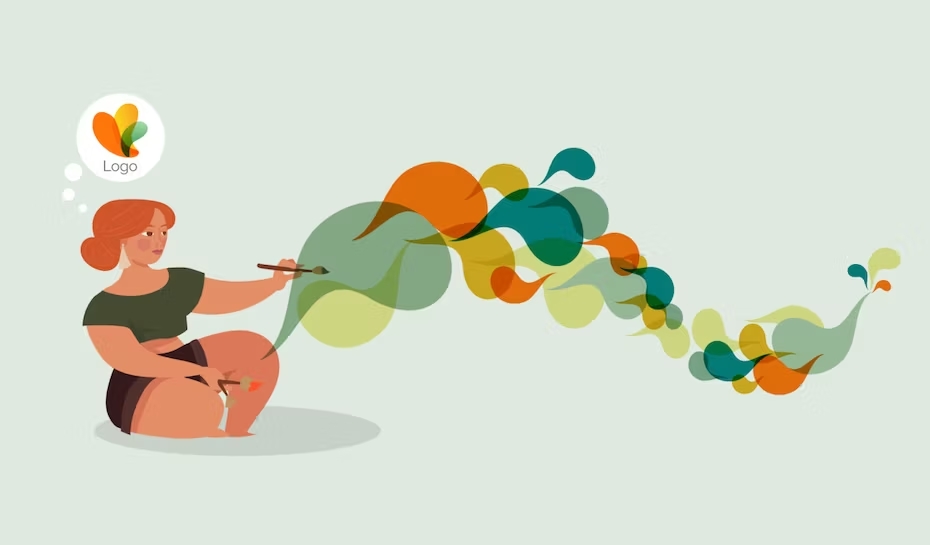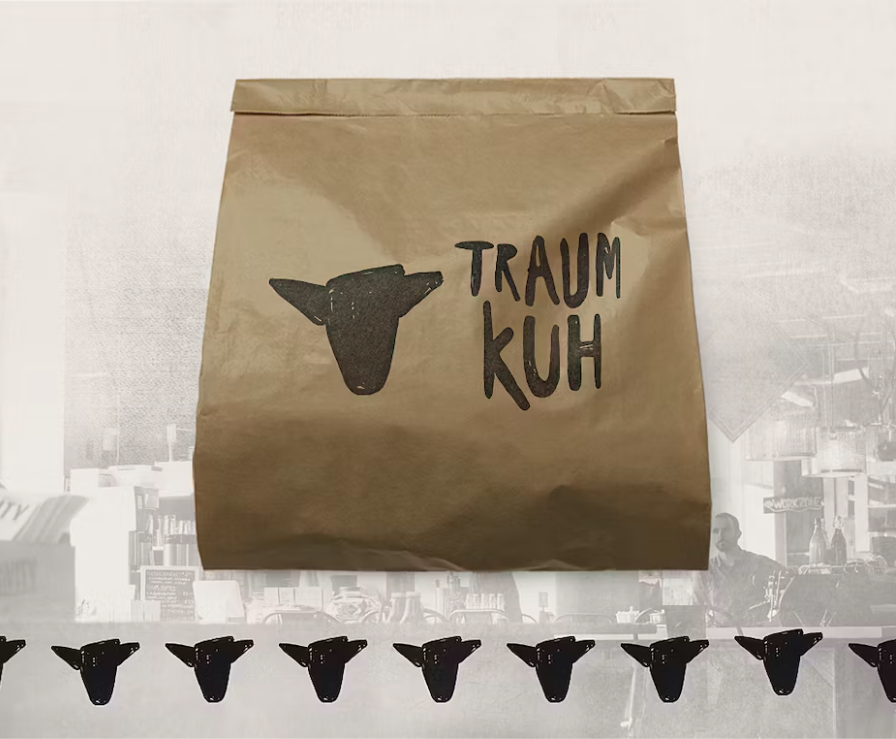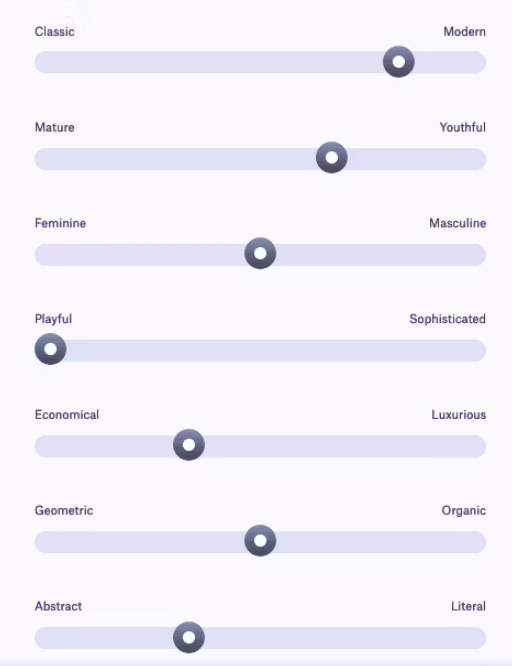The logo design process can be hard to define outright: every graphic designer has their own approach to logo development. For some, it’s methodical and disciplined—60 minutes of concept development followed by 90 minutes of execution, all while listening to their favorite album to boost creativity. For others, it’s watching reruns of Will & Grace until they find inspiration from the commercial breaks.
We’re not here to judge—if it’s stupid but it works, then it’s not stupid. But we are here to outline a general logo design process that you can use as a starting point. We’ll show you how to combine research and analysis with creative ingenuity to create an outstanding logo design. Below are the 7 basic steps to logo development, complete with examples that show the process in action.

Your first step in the logo design process is to understand what the brand embodies and what the business’s goals are. This is known as the Client Discovery phase. There’s no one-size-fits-all for logo design—a logo is only as good as its representation of a business, so it won’t be effective unless you first know what kind of impression the brand is aiming for.
A lot of the information you’ll need should be in the design brief. But there are always clients who can’t articulate what they want or don’t know themselves, and it is up to the designer to draw this information out. And even in the case of the most detailed, well-composed briefs, designers should probe deeper—explore how the client really feels about their business and the awesome work that they do in words that go beyond the official corporate statement. Every bit of insight you can get into the company and the people that comprise it will contribute to the success of your design in the long run.

Traumkuh is a swanky cafe chain in Germany, and they wanted a logo to appeal to young, hip patrons, as the background brand photo shows. Designer nevergohungry delivered, but the design choices for this edgy European coffeehouse wouldn’t work for, say, a Wall Street law firm.
Here are just a few general questions you can start with to kick off your client research:

Of course, these aren’t exactly design questions—this belongs more to the field of branding. But considering that logos are one of your strongest vehicles for branding, asking these questions is a necessary first step.
Evaluating a brand is one of the first steps in the 99designs logo design process. We ask clients to define their attributes in some core areas so that designers have a good idea of the brand identity before they even start. Even taking just 5 minutes to consider where a brand falls on these metrics can help you formulate more complex brand inquiries later on.
At the end of this step, you should have your own well-informed take on the brand (supported by plenty of notes). From here, you can start brainstorming to distill this information into key words and phrases. One popular brainstorming technique is mind mapping, in which designers take their overall brand impressions and expand them into related ideas. Save your favorites—these will support your logo concepts later. But your research isn’t done yet!
© 2023 Web Design by Radoslava